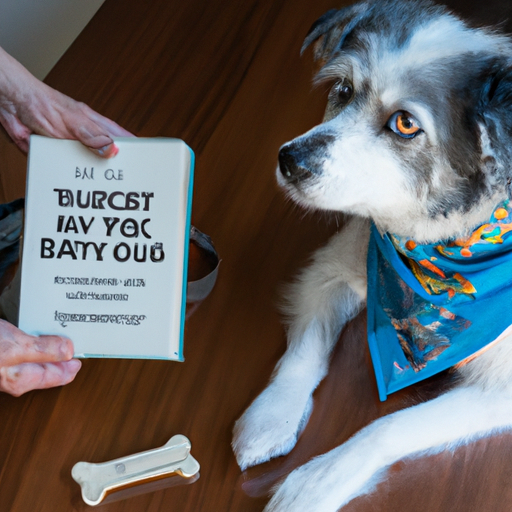Caring for a dog with Cushing’s disease can feel overwhelming. As a caregiver, your role is crucial, but it can be hard to know where to start. In this detailed guide, we will explore the best strategies for managing this condition in your beloved pet.
1. Understand Cushing’s Disease
Understanding Cushing’s disease is the first step in treating it. The condition, also known as hyperadrenocorticism, is caused by excessive production of cortisol, a hormone produced by the adrenal glands.
Cushing’s disease typically affects middle-aged and older dogs. The most common symptoms include:
- Increased thirst and urination
- Increased appetite
- Hair loss and thin skin
- Increased panting
- Potbelly appearance
2. Diagnostic Procedures
Before you can begin treatment, you need to confirm the diagnosis. Your vet will likely recommend several tests, including:
- Blood tests to check cortisol levels
- Urine tests to rule out other conditions
- Imaging studies, like an ultrasound or CT scan, to visualize the adrenal glands
A table highlighting the tests and their purpose might look like this:
| Test | Purpose |
|---|---|
| Blood Test | Check cortisol levels |
| Urine Test | Rule out other conditions |
| Imaging Studies | Visualize adrenal glands |
3. Treatment Options
The treatment of Cushing’s disease depends on its cause. There are two types: Pituitary-dependent and Adrenal-dependent.
-
Pituitary-dependent Cushing’s disease is the most common and is caused by a benign tumor in the pituitary gland.
-
Adrenal-dependent Cushing’s disease is caused by a tumor in one or both adrenal glands.
Treatment options can include:
- Medication to control cortisol production
- Surgery to remove the tumor
- Radiation therapy
Each treatment has its pros and cons. Your vet will recommend the best choice based on your dog’s overall health and the severity of the disease.
4. Caregiving at Home
Your role as a caregiver is crucial in managing your dog’s condition. Here are some tips:
- Administer medication as directed
- Regularly monitor your dog’s symptoms
- Provide a healthy diet and regular exercise
- Regular vet visits for monitoring the disease progression
Remember, Cushing’s disease is a chronic condition that requires ongoing management. Being patient and committed can lead to a decent quality of life for your dog.
5. Prognosis and Quality of Life
The prognosis for dogs with Cushing’s disease varies. With proper treatment and care, many dogs can live a relatively normal life. The key is early detection and diligent management of the condition.
FAQs on Cushing’s Disease in Dogs
Q: Can Cushing’s disease be cured in dogs?
A: While Cushing’s disease can be managed effectively, it usually cannot be completely cured. The treatment aims to control the symptoms and improve the quality of life.
Q: How long can a dog live with Cushing’s disease?
A: With proper treatment and care, many dogs can live for several years following a diagnosis of Cushing’s disease. However, every dog is unique, and outcomes can vary.
Q: Is Cushing’s disease painful for dogs?
A: While Cushing’s disease itself is not painful, the condition can cause symptoms that lead to discomfort, such as skin infections and muscle weakness.
Q: What does Cushing’s disease look like in dogs?
A: The most common symptoms of Cushing’s disease in dogs include increased thirst and urination, increased appetite, hair loss and thin skin, increased panting, and a potbelly appearance.
As a caregiver, your role in your dog’s journey through Cushing’s disease is invaluable. It might be a challenging path, but with knowledge, patience, and compassion, you can provide your dog with the best possible care and quality of life.



